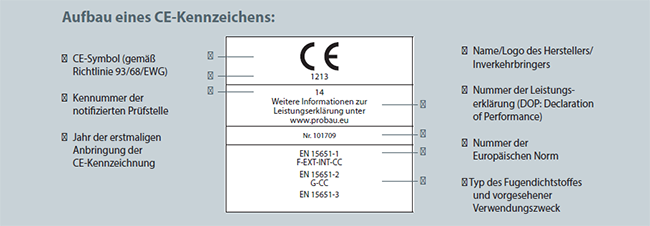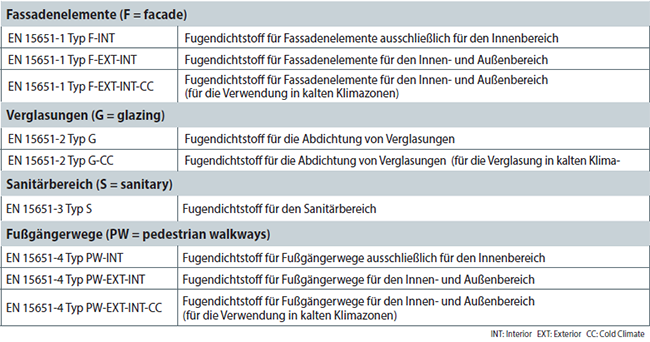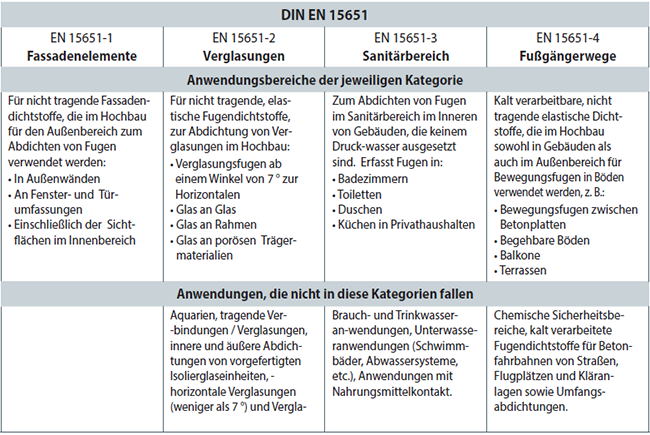The CE mark is not a quality mark, but is proof that a product complies with the relevant EU guidelines and directives. With the CE mark, the manufacturer confirms that the product satisfies the applicable requirements.
As of 1 July 2014, the CE mark is mandatory for all sealants that are subject to EN 15651 Parts 1-4 “Sealants for non-structural use in joints in buildings and pedestrian walkways”.
From 1 July 2013 to 30 June 2014, we were in the so-called coexistence phase. During this period, it was possible to apply the CE mark to sealants, but this was not yet compulsory. As of 1 July 2014, however, CE marking is compulsory for all sealants that fall under the first four parts of the EN 15651 standard, and all manufacturers or distributors are legally obliged to comply with this requirement. A special rule applies to the sale of sealants that were produced prior to 1 July 2014.
The details that the manufacturers are required to include on the packaging or label of a sealant are stipulated in EN 15651.

DoP stands for Declaration of Performance. Every sealant has its own DoP number which corresponds to the relevant Declaration of Performance. This contains essential information, such as the name of the standard in accordance with which the product was tested, details of the notified certification body, and the essential technical characteristics relating to the specific type of use of the sealant.


